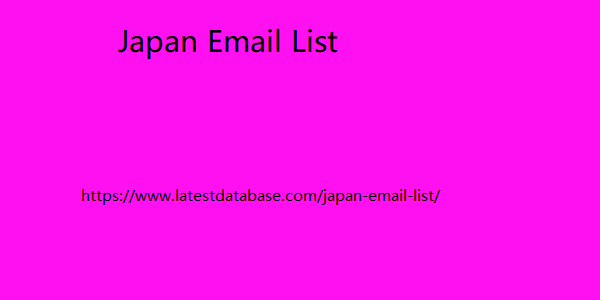|
|
Information memorable and actionable, but it also makes employees more confident that they can achieve what the leader asks of them. This sense of accomplishment can have a positive impression on the change itself: confident employees learn that they can handle this change, and then they believe they can handle the next one as well. The grouping method makes information memorable and actionable, but it also makes employees more confident that they can achieve what the leader asks of them. Let's say that a major financial change is also on the horizon for the company as it moves towards a hybrid model. This type of situation, good or bad, can make employees nervous. In the next part, ideally within a month or two, this leader focuses the organization on the next challenge: revenue growth. For example: “now that we're getting the hang of hybrid, let's start thinking about how we make and spend money.
Profit is growth, and we want to continue growing. Like the investment we've made to support hybrid work, we need to cut some of our costs. So, think about how your work impacts our results. Talk about this with your teams and manager. Where Japan Email List are you most efficient? Or less? Think about what you can do to avoid waste and be even more productive now that we are hybrid.” “chunking” helps managers operationalize change it is clear that managers must be able to respond accurately and individually. Managers operationalize change initiatives at the team level . But the manager experience, as gallup research shows, often includes multiple conflicting priorities, unclear expectations, and incessant interruptions. And this complicated situation spreads among employees. They strongly disagree that their employer communicates a clear plan of action regarding changes affecting their work, with 38% also strongly disagree that they know what is expected of them at work, according to the work experience communication survey from gallup.

Collating change information can disrupt these unhelpful patterns. Managers can operationalize workflow changes into small increments that employees can easily absorb. For managers with limited time and authority, this is a relief. And because leaders will communicate information sequentially, they will necessarily communicate more frequently. They will also likely have an eager audience, as the organization will be waiting for leaders to share the next important action item to focus on. Only 17% of employees in the same survey strongly agree that “there is open communication at all levels of the organization.” this audience can be distracted – people have a lot to do in times of change, which creates competition for their attention. Gallup studies can help leaders identify organizational “noise,” risks of burnout, and communication gaps to support managers in taking charge of change management plans. In turn, these managers can connect leaders' change management messages to the team's daily work.
|
|